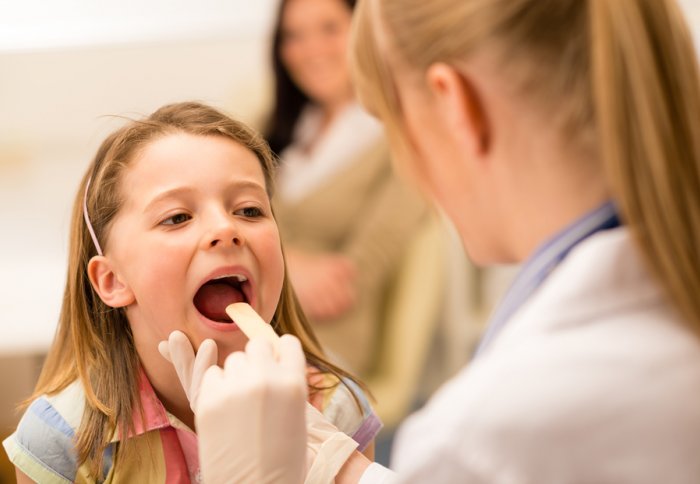

Children whose GPs are easy to access are less likely to visit A&E than those whose GPs are less able to provide appointments.
These are the findings of a new study, led by researchers from Imperial College London, and published in the journal Pediatrics. The research also found that during weekdays, children’s visits to A&E peak after school hours.
The study, which was funded by the National Institute for Health Research, suggests that modest changes in the provision of GP appointments – such as providing more after-school appointments between the times of 5-7pm - could prevent thousands of visits to emergency departments a year. The authors caution that although the study does not show that difficulty in accessing GP services is the direct cause behind increased emergency admissions, it raises important questions about GP provisions.
Use of emergency departments for problems that could be dealt with in primary care is an inefficient use of the service
Dr Sonia Saxena
Study author
Researchers analysed NHS databases, recording every visit to an emergency department and short hospitalisation (two days or less) for 9.5 million children in England aged less than 15 years, between April 2011 and March 2012.
Using results from the national GP Patient Survey in 2011-12, the researchers then rated the accessibility of GPs based on how many registered patients reported being able to see or speak to a doctor or nurse on their last attempt (whether the appointment was requested on the same day or in the future).
For the GPs who were easiest to access, 95-100% of their patients reported being able to get an appointment. For the most difficult to access GPs, 75% or fewer patients reported being able to get an appointment.
The vast majority of practices were reported by patients to provide appointments easily – with just one in twenty practices falling into the most difficult to access category. Less accessible GPs were more likely to be in deprived or urban areas, and also tended to have a higher proportion of children registered than more accessible practices. The researchers found that children registered with practices in the easiest to access group were 9% less likely to visit an emergency department for any reason, compared to children registered with the hardest to access GPs.
Over half of all visits to emergency departments occurred outside of GP opening hours of 8am to 6.30pm. On week days, the visits peaked after school hours, at around 6pm.
Children with chronic conditions (such as asthma) were also 21 per cent less likely to be admitted to hospital if registered with an easily accessible practice.
The study’s lead author, Dr Sonia Saxena, from the School of Public Health, Imperial College London, and a practising GP, says: “Use of emergency departments for problems that could be dealt with in primary care is an inefficient use of the service, and could detract resources from more seriously ill children. Our study was not a trial, which means that we don’t know whether difficulty accessing GPs is the cause of increased emergency department usage, or whether there is some other explanation for the link.
"However, given recent debates surrounding GP opening hours, our results suggest that additional resources to provide GP appointments for children when they need it - for instance after school rather than at weekends - may be a better investment for the NHS than blanket proposals to increase access hours.”
Although the study shows that the majority of GPs are easy to access – with just one in twenty practices falling into the most difficult to access category – it suggests even a small increase in access (with 85% of all attempts to get a GP appointment successful), could prevent 33,000 visits to emergency departments by children a year.
Professor Azeem Majeed, a co-author of the study from Imperial’s School of Public Health, and also a practising GP, adds: “With nearly half of the NHS budget currently spent on acute and emergency care, spending is becoming unsustainable, so our results point to an important way in which some of the burden on hospitals could be alleviated.”
Dr Sonia Saxena explains here how to get the most out of your doctor appointment
Supporters

Article text (excluding photos or graphics) available under an Attribution-NonCommercial-ShareAlike Creative Commons license.
Photos and graphics subject to third party copyright used with permission or © Imperial College London.
Reporter
Kate Wighton
Communications Division

Contact details
Email: press.office@imperial.ac.uk
Show all stories by this author




Leave a comment
Your comment may be published, displaying your name as you provide it, unless you request otherwise. Your contact details will never be published.